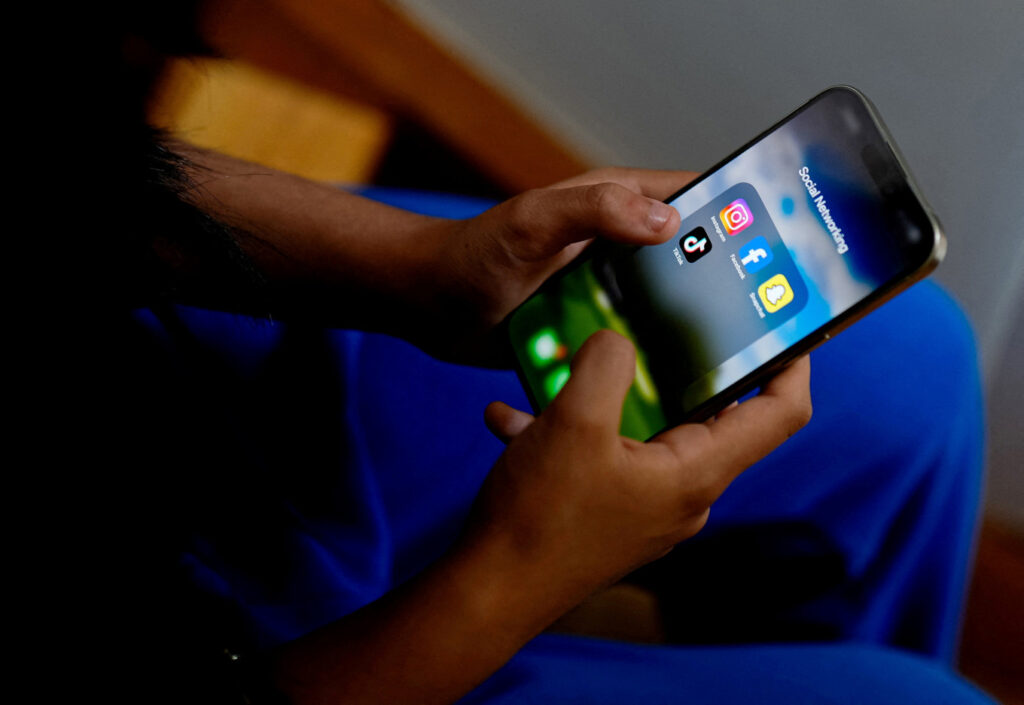Indonesia’s Proposed Social Media Age Limit: What Marketers Need to Know
Share

Indonesia is poised to introduce a minimum age for social media use, a move driven by the government’s commitment to prioritizing child safety online. With internet usage among children on the rise, this upcoming regulation will require marketers in Indonesia to adapt their strategies for reaching younger audiences.
Understanding the New Regulations
Indonesia, a nation with a population of 280 million and 79.5% internet penetration, is taking steps to protect its young users. Recent data indicates that 48% of children under 12 access the internet, and a staggering 87% of Gen Z (ages 12-27) are online. While platforms like TikTok and Facebook already have a minimum age of 13, Indonesia’s new regulations aim for stronger enforcement.
Communications Minister Meutya Hafid announced on January 13 that discussions are ongoing to determine the specific age limit and robust enforcement strategies. This initiative has the full support of President Prabowo Subianto, who is prioritizing child protection in the digital sphere.
Globally, similar debates are taking place in countries like Singapore, Malaysia, and Norway, underscoring a widespread effort to shield minors from potential online risks. Australia offers a potential model, where children under 16 are prohibited from using platforms like Snapchat, TikTok, Instagram, and Facebook, with significant penalties for non-compliant tech companies.
Implications and Opportunities for Marketers

For brands targeting youth demographics in Indonesia, this regulation presents both challenges and new opportunities. Stricter age restrictions on social media will likely limit direct access to younger audiences, prompting marketers to rethink their current approaches and explore alternative platforms.
With a significant portion of internet users currently being under 12, new age restrictions may lead this demographic to access social media through parental accounts or shared family devices. This shift necessitates that brands pivot their focus towards content that appeals to parents, recognizing their influence on children’s purchasing decisions.
Here are key alternative strategies marketers can deploy:
- Parental Engagement Campaigns: Develop campaigns that resonate with parents, framing products or services as beneficial for their children’s development and safety.
- Influencer Collaborations: Partner with influencers who cater to family-oriented audiences. This approach can help brands navigate age restrictions while maintaining relatability and trust with the target demographic.
- Investment in First-Party Data: Building strong first-party data strategies is crucial. This allows brands to directly identify and engage with age-appropriate audiences, reducing reliance on social media’s built-in targeting. Tools like CRM software and data analytics platforms can be used to collect and organize valuable first-party data, including website analytics, customer details, behavioral data from mobile apps, and direct feedback.
Exploring Alternative Platforms for Reaching Young Audiences
As stricter social media age regulations approach, marketers aiming to reach younger audiences must explore new avenues. Consider these alternative platforms:
- Educational Apps: Advertising on popular educational apps like Duolingo or Google Classroom, or local interactive learning apps, offers opportunities for non-intrusive brand exposure that complies with age restrictions.
- Gaming Platforms: Gaming apps such as Roblox and Minecraft, which already enforce age-appropriate measures, provide avenues for marketers to reach young audiences through in-game advertising, sponsored content, or branded experiences.
- OTT Streaming Services: Younger viewers are increasingly engaging with Over-The-Top (OTT) platforms like Netflix, YouTube Kids, or Disney+ Hotstar. Advertising on these services can effectively target family-friendly content while maintaining compliance with proposed age regulations. Locally popular platforms in Indonesia, such as Vidio, should also be considered.
By strategically adapting to these regulatory changes and exploring new channels, marketers can continue to effectively engage with their target audiences in Indonesia’s evolving digital landscape.




